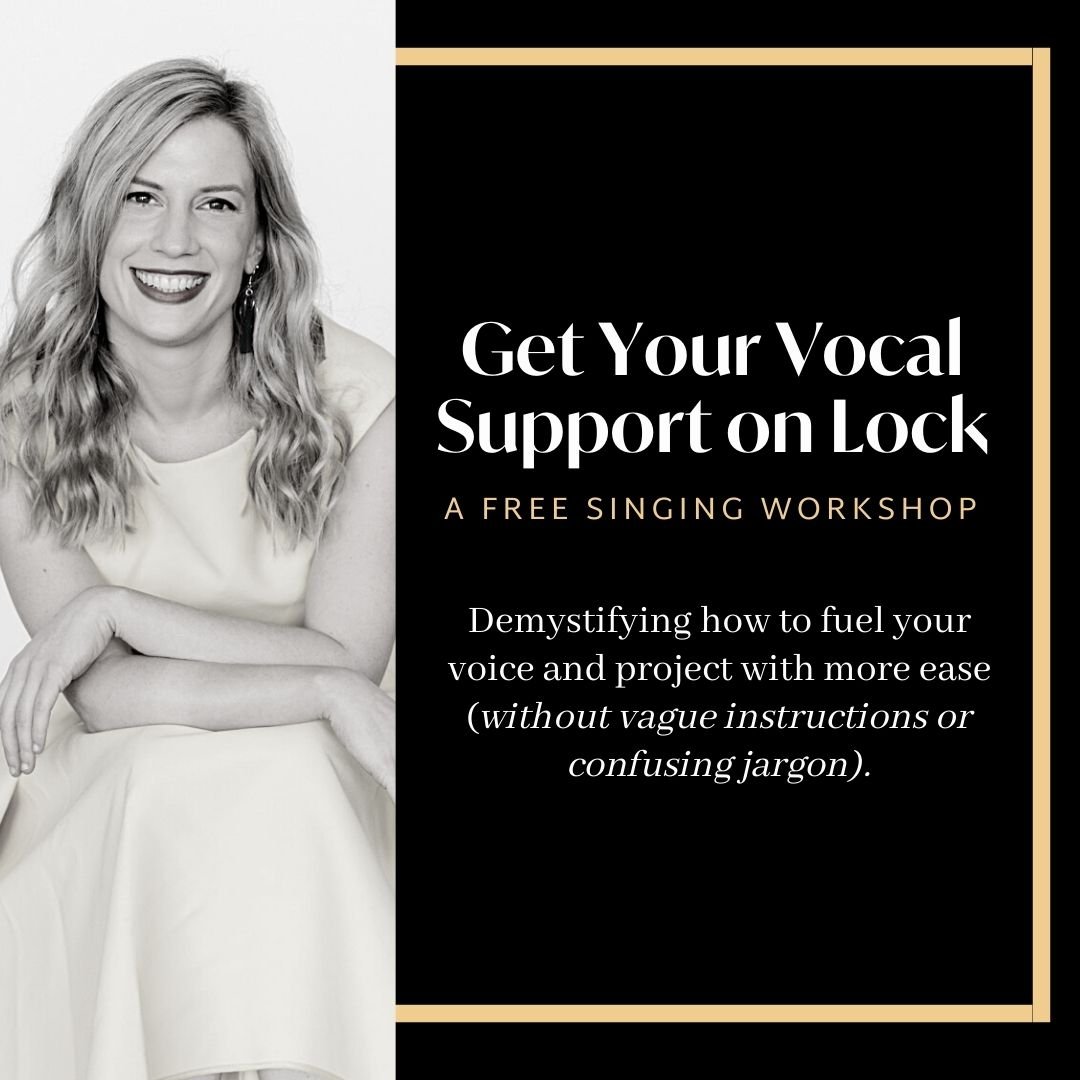What Can I Change About My Singing Voice With Training?
Just because you think you're an awful singer now doesn't mean A) you actually are and B) that you can't change it.
Too many people avoid singing their whole lives because they're convinced that they're born with the voice of a strangled cat and that'll never change.
Have you ever had the thought "I'm probably tone deaf"?
Research has found that only between 2 - 5% of the population is actually medically tone deaf (unable to pick out differences in pitch).
Most of us who think we suck at singing can sing relatively in tune but simply don't know how to change the tone, colour or characteristics of our voice into something we would like to listen to.
So what elements of your voice CAN be changed?
MONOTONE/DULL SOUND
"It sounds like I'm talking, not like I'm singing. It's not melodic and sounds boring".
Do you find that your singing voice doesn't sound as warm or melodic as "real singers". This isn't because your voice is "broken" or can't make a fuller sound.
This is because we have to change the shape of our mouth when we sing, we don't want to keep the exact same cavities/spaces as when we talk.
We increase the amount of space in the back of our mouths and drop our jaw a little lower than we're used to. Yep, it feels weird initially but trust me, it'll get you a more interesting, rich sound.
Want to check this out for yourself? You can watch the video below.
RANGE
"I can't sing low/high notes."
More often than not we try too hard to hit notes we think are difficult. We panic and push a bucketload of air at it in the hope that this is what makes a note stick. Spoiler alert - it isn't.
There'll be a limit to how high and low you can sing depending on your unique voice but as a beginner, there's also a fair amount of room to stretch.
For low notes, we need to ensure you're getting good vocal cord closure (not allowing our voice to whisper or have excess air coming through - working around your speaking voice can be helpful for this).
For high notes we need to allow those cords to stretch (try making a police siren noise as though you're a 5 year old child running around playing pretend).
FULLNESS/STRENGTH/WARMTH/PROJECTION
"My voice is weak. I can't project without yelling. It sounds so thin".
There are a few factors involved in projecting with resonance and without straining.
The big two are breath support (we don’t do this naturally so it has to be learned) and the second one which can also be the hardest - confidence.
When you're just starting to learn something it's pretty awkward - We're unsure if we're doing the right thing and we don't want to take big risks in case we embarrass ourselves.
If you're new to singing it's likely that you're not committing to the notes that sound high or strong.
These kinds of notes demand more air pressure from us (which we often feel as energy), without pushing lots of uncontrolled air out.
Many of us can call to a friend across the street without our throat feeling tight or sore, allowing us to feel what it's like to release our voice with energy without a gale force wind of air.
This is a great way to start getting an idea of how you can project without the tension involved in yelling.
STABILITY/CONSISTENCY
As I said earlier, we tend to model our singing off the way we talk. This means that we don't tend to think about controlling the way we release air to make sure it's one long slow consistent "line" of air.
If we sing each note using a little "puff" of air, it makes our voice unsteady and unreliable. This is why we work on breathing exercises and talk about "supporting the voice" - we need to teach the body how to manage our breath so it's not shaky and inconsistent.
BRIGHTNESS/DARKER TONE COLOUR
The way we shape our vocal tract (the pathway from our lips down to our throat) can change what we call the tone or colour of the voice. It can sound thin, bright, dark, rich, warm, dull - just to name a few.
So yes, your voice is unique to you because of the natural shape of your vocal tract, but you can learn what movements of the lips, tongue, soft palate and jaw can change your sound and teach your body how to create colours that are closer to what suits the song or what you like the sound of.
Want to start learning and improving?
The best place to start is with my FREE breath support workshop which you can watch by popping your details below. Easy as that!


